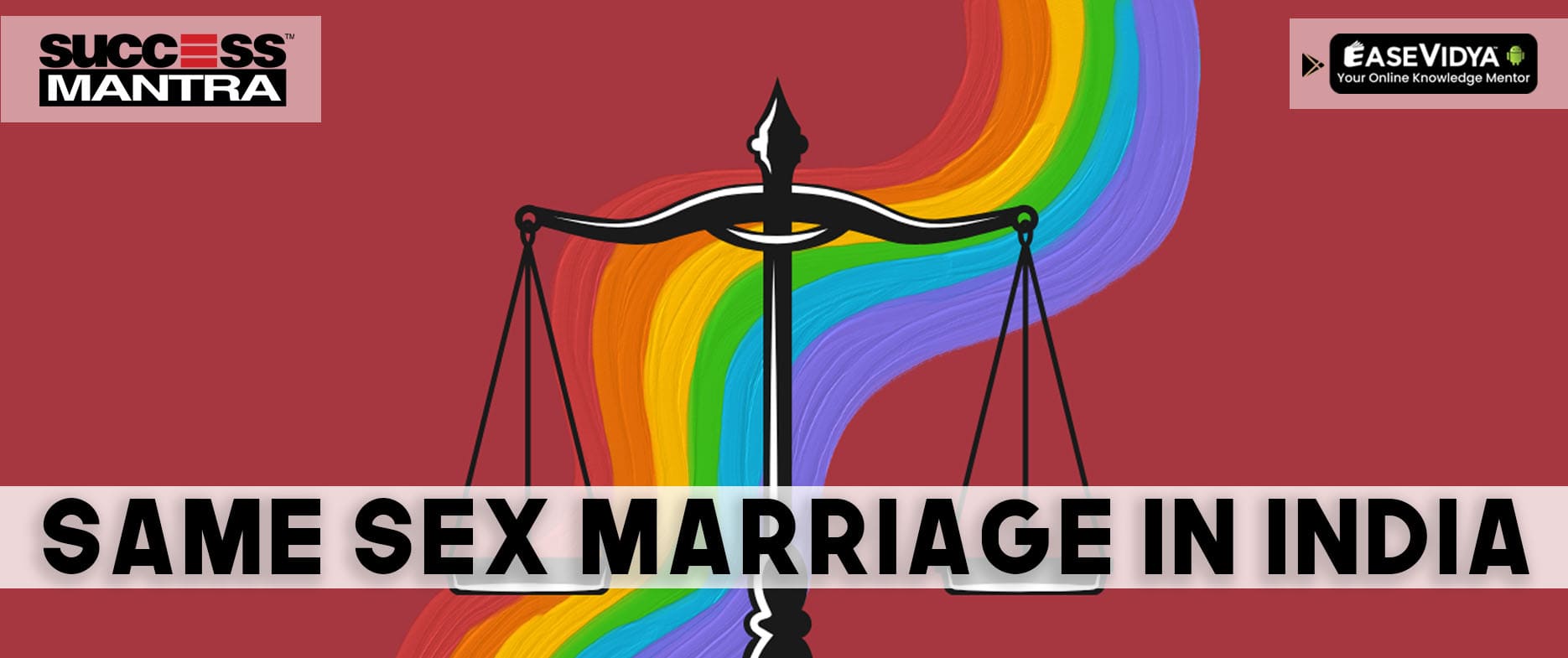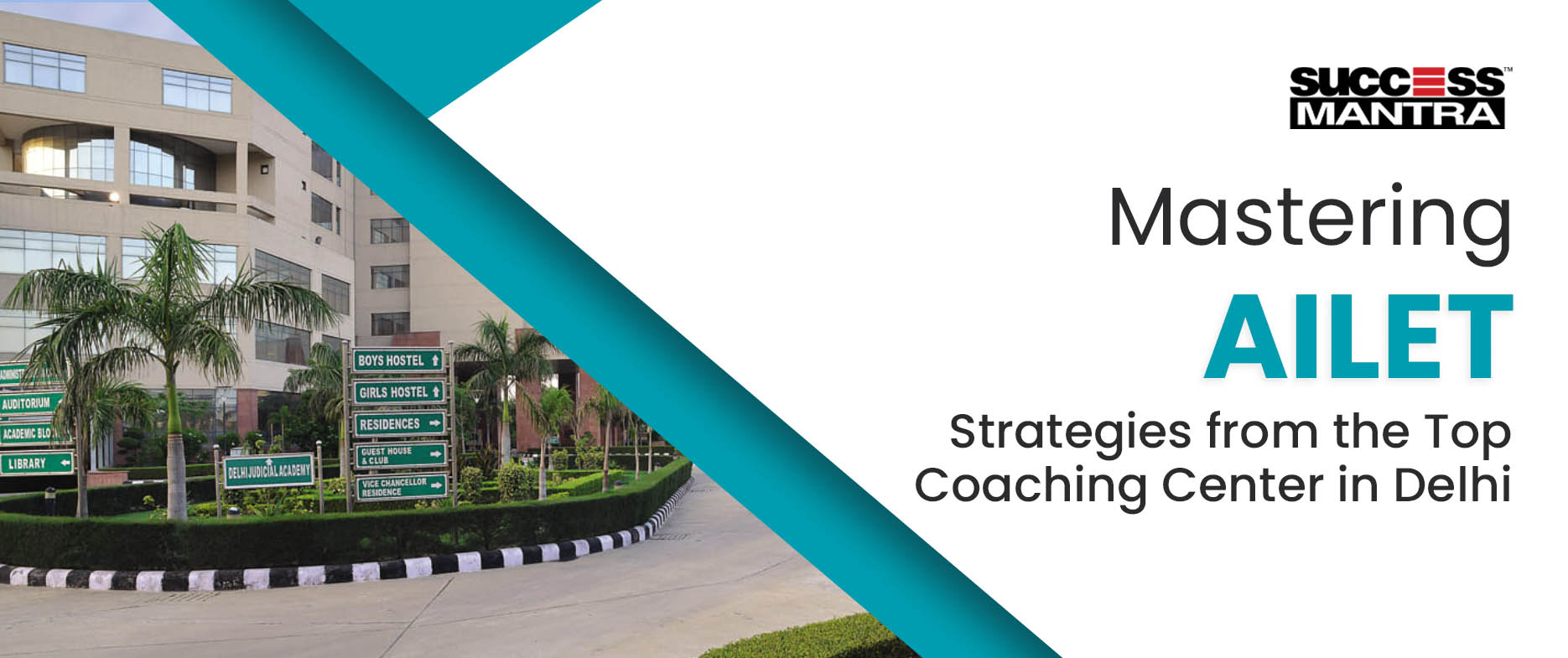
Same-Sex Marriage in India: A Journey Towards Inclusivity
Same-Sex Marriage in India: A Journey Towards Inclusivity
Introduction
The debate over same-sex marriage in India has been a topic of discussion for years. In a country known for its diverse cultural and social landscape, the issue of marriage equality has taken center stage in recent times. This article explores the evolving landscape of same-sex marriage in India, highlighting landmark case laws that have played a significant role in shaping the debate.
- Navtej Singh Johar v. Union of India (2018)
The journey towards same-sex marriage in India began with the groundbreaking Navtej Singh Johar case. In a landmark verdict, the Indian Supreme Court struck down Section 377 of the Indian Penal Code, which criminalized consensual homosexual acts. This decriminalization laid the foundation for the broader LGBTQ+ rights movement, setting the stage for discussions on marriage equality.
- Leela Mudholkar v. State of Maharashtra (2021)
Leela Mudholkar's case was significant for recognizing the rights of same-sex couples under existing laws. In this case, a lesbian couple sought protection against harassment and discrimination. The Bombay High Court ruled that same-sex couples could not be denied protection under laws meant to safeguard individuals in live-in relationships, even if they weren't legally married.
- Arif Jafar v. State of UP (2019)
The Arif Jafar case highlighted the need for social acceptance and inclusivity. Arif Jafar, an LGBTQ+ activist, was arrested and detained for distributing safe sex materials to men who have sex with men. The Supreme Court recognized the need to address the discrimination and harassment faced by the LGBTQ+ community.
The Road to Same-Sex Marriage
While India has made significant progress in recognizing LGBTQ+ rights, the road to legalizing same-sex marriage is still under construction. Key developments have set the stage for potential future changes:
- The Personal Laws: India has different personal laws governing marriage for various communities. The debate now revolves around amending these personal laws, allowing same-sex couples to legally marry.
- Public Opinion: Public opinion is gradually shifting towards acceptance and support for same-sex marriage. The younger generation, in particular, is more open to the idea.
- Ongoing Advocacy: LGBTQ+ rights activists continue to fight for equal rights, including marriage equality. These advocacy efforts are crucial in shaping public opinion and influencing legislative changes.
Challenges and Hurdles
Despite the progress, there are still challenges to overcome:
- Conservative Stance: India has a conservative segment of society that opposes same-sex marriage based on cultural, religious, or traditional beliefs.
- Legal Amendments: Amending personal laws to accommodate same-sex marriage is a complex and time-consuming process.
- Awareness and Education: Awareness and education about LGBTQ+ issues remain limited in many parts of the country, and misinformation persists.
On October 17, 2023, the Supreme Court of India delivered a significant verdict on same-sex marriage, which had been a subject of intense debate and legal battles in the country. In a decision that has been keenly anticipated, the court addressed the issue of legal recognition for same-sex marriages in India.
The Supreme Court's Verdict
The Supreme Court ruled that it will not grant legal recognition to same-sex marriages in India. This decision has raised numerous discussions and emotions across the nation. The court's verdict essentially means that, at least for the time being, India's legal framework continues to define marriage as a union between a man and a woman. The five-judge bench's decision was unanimous, with all judges concurring that specific legislation is required to enable same-sex marriages in the country.
The bench has confined the case to the Special Marriage Act 1954 and clarified that it will not deal with the Hindu Marriage Act or personal laws. The Court, with a unanimous decision, also affirmed that same-sex couples have the right to live together without the fear of violence, coercion, or interference, but with restraint. The Chief Justice of India (CJI) also stated that transgender individuals in heterosexual relationships have the right to legally marry under the current laws, including personal laws.
The Implications
This verdict has significant implications for the LGBTQ+ community in India. While the decriminalization of homosexuality in 2018 was a major step forward, the denial of legal recognition for same-sex marriages underscores the need for further legal reforms to secure equal rights for LGBTQ+ individuals. It places the onus on the Indian legislature to consider and potentially enact laws that would allow same-sex marriages.
CONCLUSION
As the Supreme Court has made it clear that legal recognition of same-sex marriages can only be achieved through specific legislation, the focus now shifts to the Indian Parliament. Advocacy groups and activists will likely intensify their efforts to engage with lawmakers and promote the cause of same-sex marriage.
This verdict does not mark the end of the journey but rather a critical juncture in the fight for equal rights and inclusivity. While the court's decision underscores the significance of legal reform, it also reaffirms the importance of ongoing dialogue and advocacy to shape a more inclusive society.
In conclusion, the Supreme Court's verdict on same-sex marriage in India, while denying immediate legal recognition, underscores the need for legal reform to ensure equal rights for LGBTQ+ individuals. The onus now lies with the Indian legislature to consider and enact legislation that addresses this important issue, ultimately determining the future of same-sex marriage in the country. The verdict is a reminder that the journey towards inclusivity and equality is ongoing and requires the collective efforts of society and its institutions.
















Jamesbep
<a href=https://m3qa.gl>mega sb ссылка на сайт</a> - mega sb зеркало рабочее, mega sb зеркало
RonaldMof
<a href=https://m3ga.store.sb>площадка мега не работает</a> - mega sb, мега sb зеркало
KevinDweRi
<a href=https://mego.hn>сайт mega sb не работает</a> - мега доступ ограничен, почему не работает мега сб
JacobGap
<a href=https://in.krkn.top>http kraken</a> - ссылка КРАКЕН не работает, ссылка kraken
CharlesSouts
best server Conter strike source v34 https://vk.com/titan_publickcss
Roberttoift
https://clck.ru/34aceS
iiekmnbjkm
Same-Sex Marriage in India: A Journey Towards Inclusivity iiekmnbjkm http://www.ge7f8n80a238r6542ffqv1370vjnze2ws.org/ [url=http://www.ge7f8n80a238r6542ffqv1370vjnze2ws.org/]uiiekmnbjkm[/url] <a href="http://www.ge7f8n80a238r6542ffqv1370vjnze2ws.org/">aiiekmnbjkm</a>
pttwrbeig
Same-Sex Marriage in India: A Journey Towards Inclusivity <a href="http://www.g20h6q4sg522ep8o2m0i1rtj3464pq1ts.org/">apttwrbeig</a> pttwrbeig http://www.g20h6q4sg522ep8o2m0i1rtj3464pq1ts.org/ [url=http://www.g20h6q4sg522ep8o2m0i1rtj3464pq1ts.org/]upttwrbeig[/url]
jolqicsp
Same-Sex Marriage in India: A Journey Towards Inclusivity <a href="http://www.gpn9ob521y800fbin8a98a78m83ipy69s.org/">ajolqicsp</a> jolqicsp http://www.gpn9ob521y800fbin8a98a78m83ipy69s.org/ [url=http://www.gpn9ob521y800fbin8a98a78m83ipy69s.org/]ujolqicsp[/url]
ohjdjfoxb
Same-Sex Marriage in India: A Journey Towards Inclusivity [url=http://www.gumb7d957s37jw5p7o13mv0gs7f78c26s.org/]uohjdjfoxb[/url] <a href="http://www.gumb7d957s37jw5p7o13mv0gs7f78c26s.org/">aohjdjfoxb</a> ohjdjfoxb http://www.gumb7d957s37jw5p7o13mv0gs7f78c26s.org/
marvin bastow
Investment is one of the best ways to achieve financial freedom. For a beginner there are so many challenges you face. It's hard to know how to get started. Trading on the Cryptocurrency market has really been a life changer for me. I almost gave up on crypto at some point not until saw a recommendation on Elon musk successfully success story and I got a proficient trader/broker Mr Bernie Doran , he gave me all the information required to succeed in trading. I made more profit than I could ever imagine. I'm not here to converse much but to share my testimony; I have made total returns of $20,500.00 from an investment of just $2000.00 within 1 week. Thanks to Mr Bernie I'm really grateful,I have been able to make a great returns trading with his signals and strategies .I urge anyone interested in INVESTMENT to take bold step in investing in the Cryptocurrency Market, he can also help you recover your lost funds, you can reach him on WhatsApp : +1(424) 285-0682 or his Gmail : BERNIEDORANSIGNALS@GMAIL.COM tell him I referred you
skklmwipd
Latest News on Education & LAW Exams Blogs | Success Mantra <a href="http://www.g030792o74718xbr0wicc4t4x4iks7tts.org/">askklmwipd</a> [url=http://www.g030792o74718xbr0wicc4t4x4iks7tts.org/]uskklmwipd[/url] skklmwipd http://www.g030792o74718xbr0wicc4t4x4iks7tts.org/